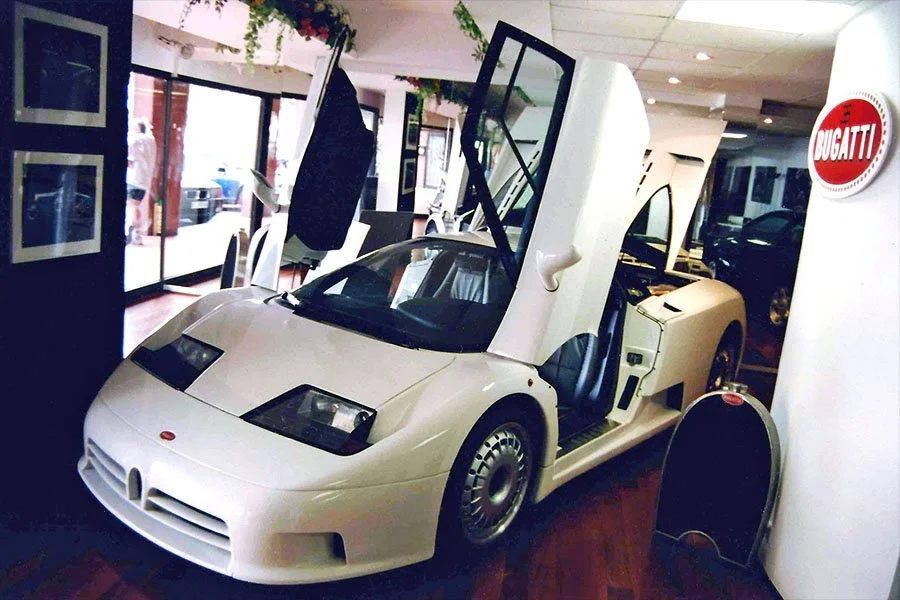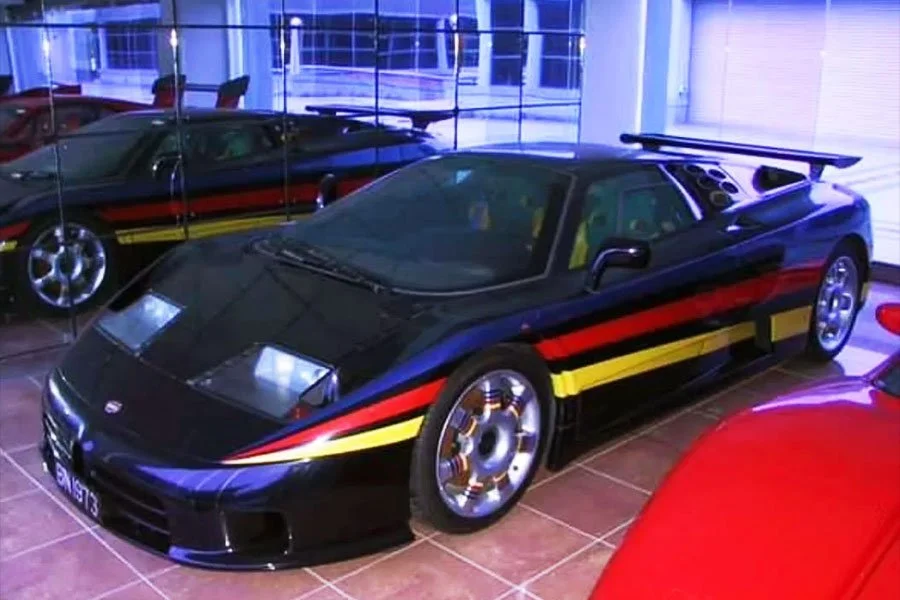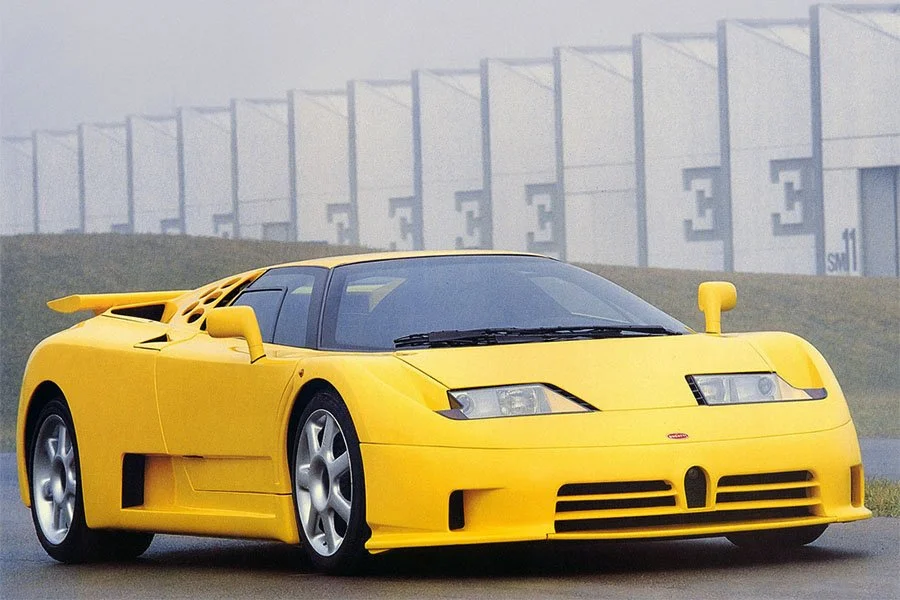Guide: Bugatti Ital Design ID 90 - a Historical & Technical Appraisal
/BACKGROUND
In early, 1989 Bugatti took delivery of the first prototype chassis for their new EB110 supercar.
Manufactured by Aerospatiale in France, chassis 110-0000 was one of five prototype monocoques fabricated from aluminium before the switch to carbonfibre.
When the first engine came to life in March 1989, Bugatti started the search for a designer to style the body.
Technical drawings were sent out to Nuccio Bertone, Marcello Gandini, Giorgetto Giugiaro and Paolo Martin, all of whom created their own vision for the new Bugatti.
Arguably the best submission came from Giorgetto Giugiaro’s Ital Design agency: the ID 90.
Publicly unveiled at the Turin Motor Show in April 1990, by this time, the ID 90 had already been rejected as Bugatti company owner, Romano Artioli, had opted for Marcello Gandini’s proposal instead.
Considered too far removed from Artioli’s modern Bugatti ideal, exactly why the handsome ID 90 was dropped in favour of the awkward ‘110’ from Gandini remains a mystery; the chosen design’s unconventional looks certainly did it no favours from a commercial perspective.
By contrast, Giugiaro’s concept for the new Bugatti was extremely elegant and has stood the test of time far better than most of its contemporaries.
BODYWORK
Headlights, sidelights and indicators were all mounted under a single cover and bucked the dated trend for retractable units.
The ID 90 also did without aggressive fixed spoilers as the upper and underbody surfaces generated most of the downforce required.
The full width rear wing was integrated within the body and contained a speed-sensitive central flap that activated when required.
Following the contours of each rear fender were a series of scoops designed to cool the 3.5-litre V12 with its four IHI turbochargers.
The radical domed cabin was formed from electrochromic glass. It required two-piece doors with a Gullwing upper element and conventional lower section.
At the back of the cockpit was a U-shaped cut-out for the ventilated engine cover.
In a nod to Bugatti’s heritage, Giugiaro’s wheel design was influenced by the Type 41 Royale.
SUBSEQUENT HISTORY
Despite Artioli’s rejection, Ital Design did not want the ID 90 to fade into obscurity.
Instead, it went on to form the basis for a series of BMW concepts unveiled between 1991 and 1993.
The Nazca M12, Nazca C2 and Nazca C2 Spider came close to production but BMW ultimately backed out due to the problems they had experienced with the M1 and the global recessionary mood of the time.
Although the ID 90 did not progress beyond the concept stage, Bugatti did return to Ital Design for the EB112. This grand four-door fastback limousine was unveiled at the Geneva Motor Show in March 1993.
Production of the first two customer EB112s was underway when Bugatti filed for bankruptcy in September 1995.
Text copyright: Supercar Nostalgia
Photo copyright: Ital Design - http://www.italdesign.it
































